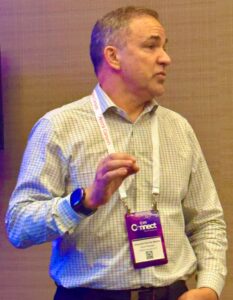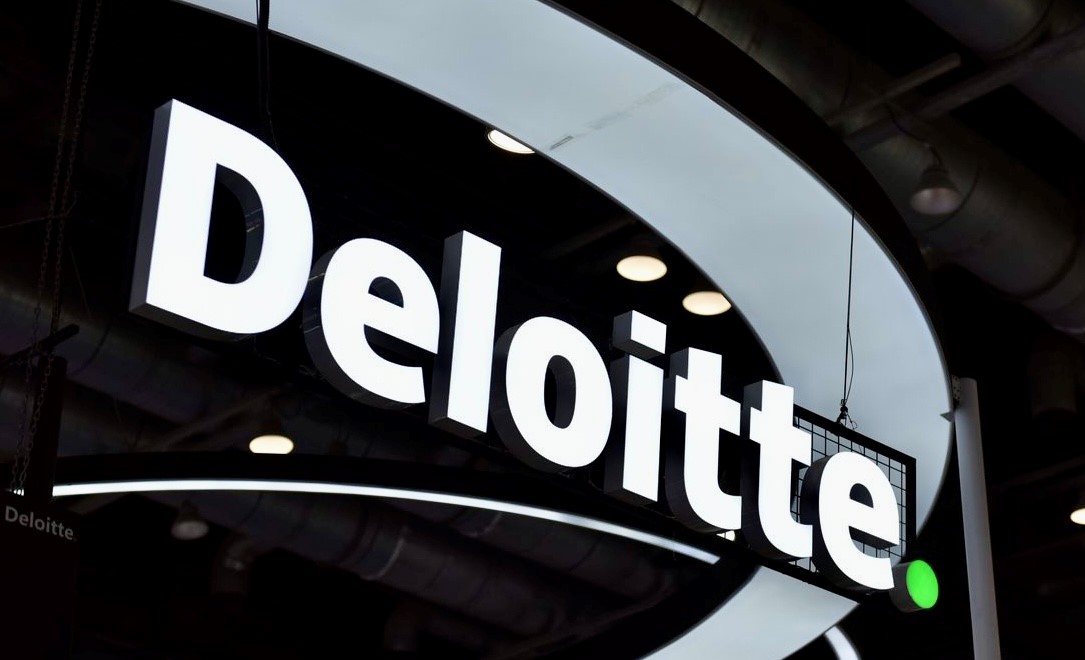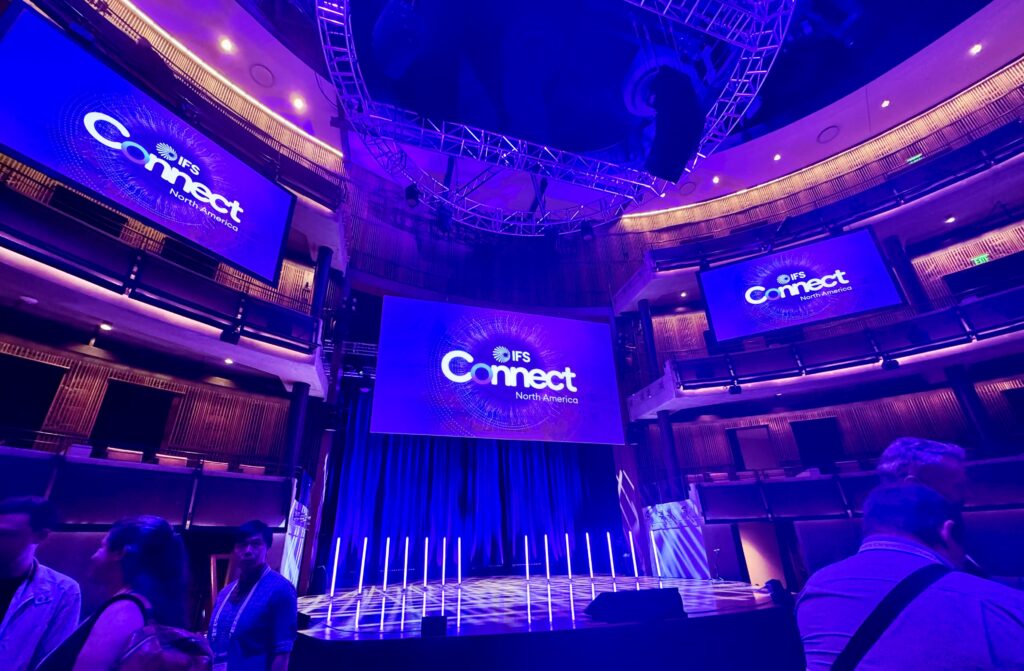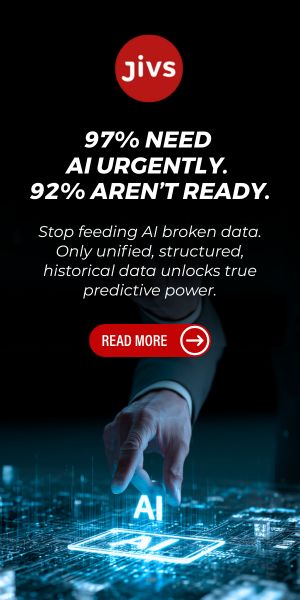 Picture this: It’s 5 PM on a Tuesday in Cincinnati, and instead of fielding yet another emergency call about a power outage or bridge closure, Mayor Aftab Pureval of Cincinnati is sitting in his office watching his infrastructure heal itself. Not literally, of course—but close enough that it might as well be magic.
Picture this: It’s 5 PM on a Tuesday in Cincinnati, and instead of fielding yet another emergency call about a power outage or bridge closure, Mayor Aftab Pureval of Cincinnati is sitting in his office watching his infrastructure heal itself. Not literally, of course—but close enough that it might as well be magic.
At the IFS Connect North America 2025 conference at Nashville’s Country Music Hall of Fame, Jon Leist and Alexandre Sanchez Martins from Deloitte just unveiled something that would make any infrastructure manager’s pulse quicken: an AI-powered remote sensing solution that turns drones into crystal balls, predicting when bridges will crack, power lines will fail, and trees will take down transmission cables—sometimes months before it actually happens.
“The biggest challenge you have as a mayor is making imperfect decisions based on imperfect information,” Pureval explained in Deloitte’s demonstration video, describing Cincinnati’s struggle with infrastructure that’s “in some instances, hundreds of years old.” Sound familiar? It should. From Atlanta’s aging water mains to California’s wildfire-prone power grids, American infrastructure is literally crumbling beneath our feet, and traditional inspection methods are about as effective as using a magnifying glass to examine the moon.
When Seeing is Believing (And Preventing)
The solution that Leist and his team have developed reads like science fiction but operates with engineering-grade precision. Instead of sending Anthony, the hypothetical field inspector, to manually drive along transmission lines and visually inspect maybe 10 power poles per day, the system deploys Jane—armed with drones, LiDAR sensors, and AI models that can analyze thousands of assets in the same timeframe.
The transformation is startling in its simplicity and profound in its implications. Where Anthony might miss hairline cracks developing on a bridge’s underside or fail to notice a tree that’s six months away from falling onto a power line, Jane’s digital ecosystem captures everything: serial numbers on utility equipment, the species and growth patterns of surrounding vegetation, the precise geolocation of every potential failure point, and most critically, when each issue will require intervention.
“We can identify and hone in on the trees that are going to cause the outage in the next six to eight months,” Leist explained during the presentation. It’s not just about seeing problems—it’s about seeing them before they become problems.
The numbers tell the story of what happens when prediction meets preparation. Deloitte’s framework for digital utility asset management helps power companies develop data-driven, risk-informed strategies that have delivered consistent results across implementations:
- 10% reliability increases through reduced asset downtime
- 15-35% fewer hours spent in field inspections and work
- 15-25% lower operations and maintenance costs
For utility companies where Deloitte has been implementing these solutions to mitigate wildfire risk, the technology isn’t just about efficiency—it’s about preventing disasters that can devastate entire communities.
 What makes this solution particularly compelling isn’t just the drones or the AI—it’s the marriage of multiple technologies into a cohesive workflow that mirrors how infrastructure actually operates in the real world. The process begins with data collection from various sensors and sources, creating what Leist calls a “data lake house” that geospatially correlates everything from LiDAR scans to enterprise asset management records.
What makes this solution particularly compelling isn’t just the drones or the AI—it’s the marriage of multiple technologies into a cohesive workflow that mirrors how infrastructure actually operates in the real world. The process begins with data collection from various sensors and sources, creating what Leist calls a “data lake house” that geospatially correlates everything from LiDAR scans to enterprise asset management records.
Next comes the creation of digital twins—not your grandfather’s CAD models, but AI-enabled representations that support physics-based simulations. Think of it as giving infrastructure assets an MRI that reveals not just current conditions but future vulnerabilities under various environmental stresses.
The third step is where the magic happens: AI models analyze this wealth of data to identify, prioritize, and predict risks at scale. This isn’t about flagging every tree near a power line—it’s about identifying the specific trees that will cause outages and when those outages are likely to occur.
Finally, the system optimizes work planning and execution, ensuring crews arrive at job sites with the right equipment, complete contextual information, and augmented reality tools that overlay digital insights onto physical infrastructure in real-time.
From Rust Belt to Cutting Edge
The Cincinnati bridge inspection showcase was particularly powerful because it addressed both the technical capabilities and the human impact of this technology shift. When Mayor Pureval put on AR goggles and watched a drone identify structural problems in real-time, his reaction was visceral: “I almost went to go touch it.”
That moment captures something essential about this technological transformation. We’re not just talking about incremental improvements to existing processes—we’re witnessing a fundamental reimagining of how humans interact with and maintain the physical infrastructure that underpins modern civilization.
Michael Scala, the physicist-turned-entrepreneur behind the technology, puts it succinctly: “What used to take them three months or six months you can now do in just a couple of minutes.” For a mayor juggling budget constraints, aging infrastructure, and public safety concerns, that time compression isn’t just convenient—it’s potentially life-saving.
The IFS Integration: Where Enterprise Meets Infrastructure
The partnership with IFS adds another layer of sophistication to an already impressive solution. By integrating with IFS’s Enterprise Asset Management Cloud, the remote sensing data doesn’t just identify problems—it automatically updates asset records, reconciles discrepancies with existing GIS data, and triggers optimized work orders through IFS’s field service optimization engines.
This integration addresses one of the most persistent challenges in infrastructure management: the gap between what’s supposed to be happening and what’s actually happening in the field. When drones capture the real condition of assets and AI models predict future maintenance needs, that information flows directly into enterprise planning and budgeting systems, creating a feedback loop that makes infrastructure management genuinely proactive rather than reactive.
Martins emphasized this point during the presentation: the solution provides “an end-to-end approach from remote sensing, from the capture of the asset condition and data in the field—the most accurate data possible—all the way to identifying the work, scheduling the work, executing the work, and closing the work.”
What this means for ERP Insiders
Embrace Infrastructure as a Service (IaaS) thinking for physical assets. The convergence of IoT sensors, AI analytics, and enterprise software is creating opportunities for ERP leaders to reimagine asset management beyond traditional maintenance schedules. Deloitte’s $3 billion investment in Generative AI through fiscal year 2030 signals the consulting giant’s commitment to scaling these solutions across industries. Business leaders should evaluate their current asset management processes against predictive capabilities, while IT leaders must architect systems that can ingest and process multimodal geospatial data. The integration between Deloitte’s remote sensing platform and IFS’s Enterprise Asset Management Cloud demonstrates how modern ERP systems can serve as the orchestration layer for complex AI-driven workflows, suggesting organizations should prioritize platforms with robust API ecosystems and real-time data processing capabilities.
Invest in feedback loop architecture for continuous learning. The most compelling aspect of Deloitte’s solution isn’t the initial AI model accuracy—it’s the systematic improvement through field validation feedback. Leist noted that organizations typically see 35% efficiency gains initially, followed by an additional 5-10% improvement over 3-5 months through machine learning refinement. This pattern suggests that ERP implementations should prioritize systems designed for continuous learning rather than static rule-based automation. Business leaders should budget for iterative improvement cycles and establish KPIs that measure prediction accuracy over time. Technical leaders should focus on data architecture that captures actual outcomes alongside predictions, enabling the closed-loop learning that transforms good AI models into exceptional ones. IFS’s field service optimization combined with Deloitte’s AI creates this learning environment automatically.
Prepare for the rise of augmented field workers. The transformation of Jane from a traditional inspector to an augmented reality-enabled analyst represents a broader shift toward human-AI collaboration in field operations. Autonomous AI and AI agents are proving more effective at discrete tasks than general-purpose language models, particularly in infrastructure management where precision matters more than creativity. Organizations should begin training field personnel on AR interfaces and data interpretation while simultaneously upgrading their mobile infrastructure to support real-time analytics. The 15-35% reduction in field hours that Deloitte documented doesn’t represent job elimination—it represents job evolution toward higher-value diagnostic and strategic work. ERP leaders should plan for this transition by ensuring their systems can support rich mobile experiences and real-time decision support, positioning their organizations to attract and retain the next generation of technically sophisticated field workers.






